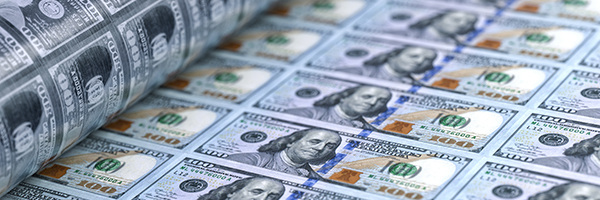
February 8, 2023 | Daily JAM |
You’ll find it in the market for interest-rate options if you really dig through the data. Which Bloomberg has. On Tuesday, a trader amassed a large position in options that would make $135 million if the central bank keeps tightening until September and interest rates hit a peak of 6%.
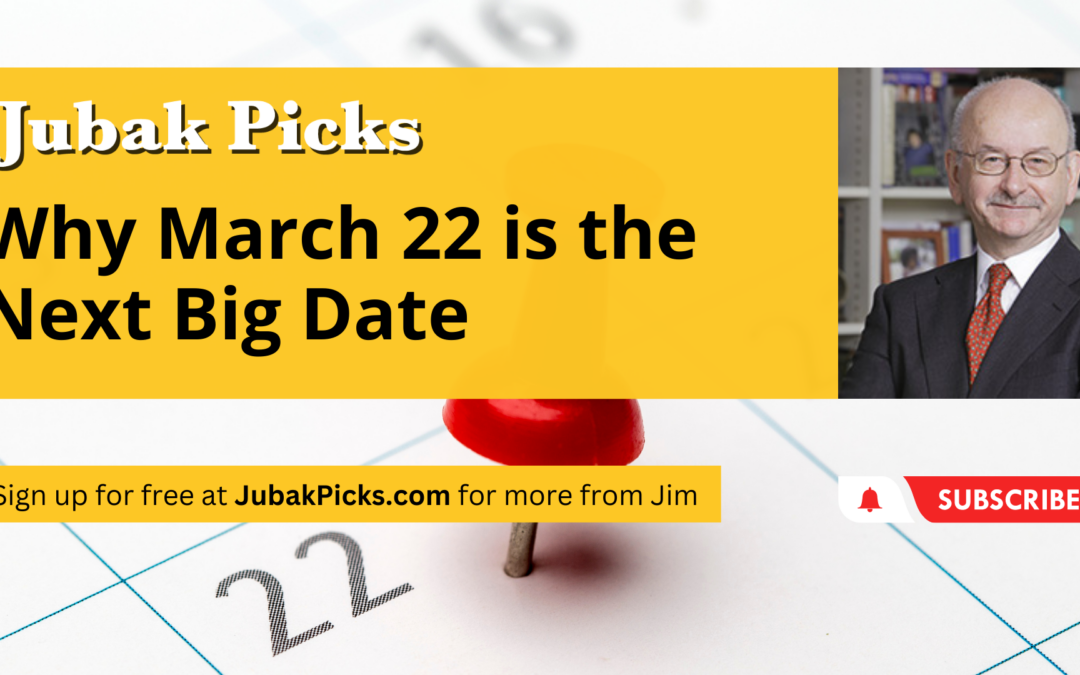
February 8, 2023 | Daily JAM |
Today I posted my two-hundred-and-thirty-fourth YouTube video: Why March 22 Is the Next Big Date Today’s topic is: Why March 22 Is the Next Big Date. March 22 is the date of the Fed’s next meeting. And it’s the first time we’ll get projections from the Fed on where interest rates will peak since the last Dot Plot in December. The market has been playing catch-up with the Fed since that December meeting. A hopeful market thought that the Fed was being too aggressive in their estimates of a peak of 5.00% to 5.10%, but the recent surge in jobs in January has made the market fall in line with the Fed’s expectations. As of February 7, the market had priced in a 25 basis point increase in March and May, with a peak hitting in June or July at 5.12% (nearly exactly the same as the Fed’s December projections). Just a week ago, the market was looking at a 4.9 peak in possibly May. The market has shifted to catch up with the Fed, but now we have to wait until March 22 to see if the Fed has moved the peak interest goalposts. In the meantime, I don’t expect the market to move much as we wait for the March 22 Fed meeting.
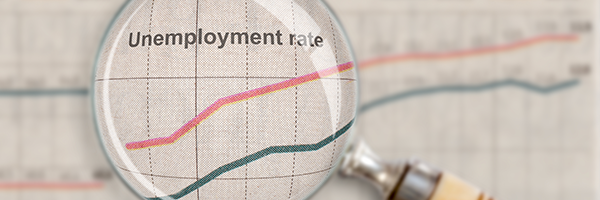
February 6, 2023 | Daily JAM |
Do the huge January job gains mean that the Federal Reserve will raise interest rates to a higher peak? That was the worry today and it was enough to send the Standard & Poor’s 500 0.61% lower at the close and to knock a solid 1% off the NASDAQ Composite. The NASDAQ 100 fell 0.87% and the small-cap Russell 2000 lost 1.40%.

February 5, 2023 | Daily JAM |
Was it accidental or intentional? We’ll find out on Tuesday when Fed chair Jerome Powell answers questions at the Economics Club in Washington. On Wednesday, February 1, in his post-Fed-meeting remarks, Powell came across as more dovish on inflation and interest rates than many Wall Street strategists and the financial markets had expected.

February 3, 2023 | Daily JAM, Morning Briefing |
Today, Friday, February 3, the Bureau of Labor Statistics reported that the U.S. economy added a whopping 517,000 jobs in January. Economists had been expecting more along the lines f 50,000 jobs added in the month. The huge January surge took the headline unemployment rate to 3.4% The last time the unemployment rate was this low was May 1969. On the surface, the stronger, the much stronger, than expected job gain in January will put pressure on the Federal Reserve to continue raising interest rates. If the labor market is booming, it’s hard o see inflation coming down rapidly. But the real story here may be beneath the surface.
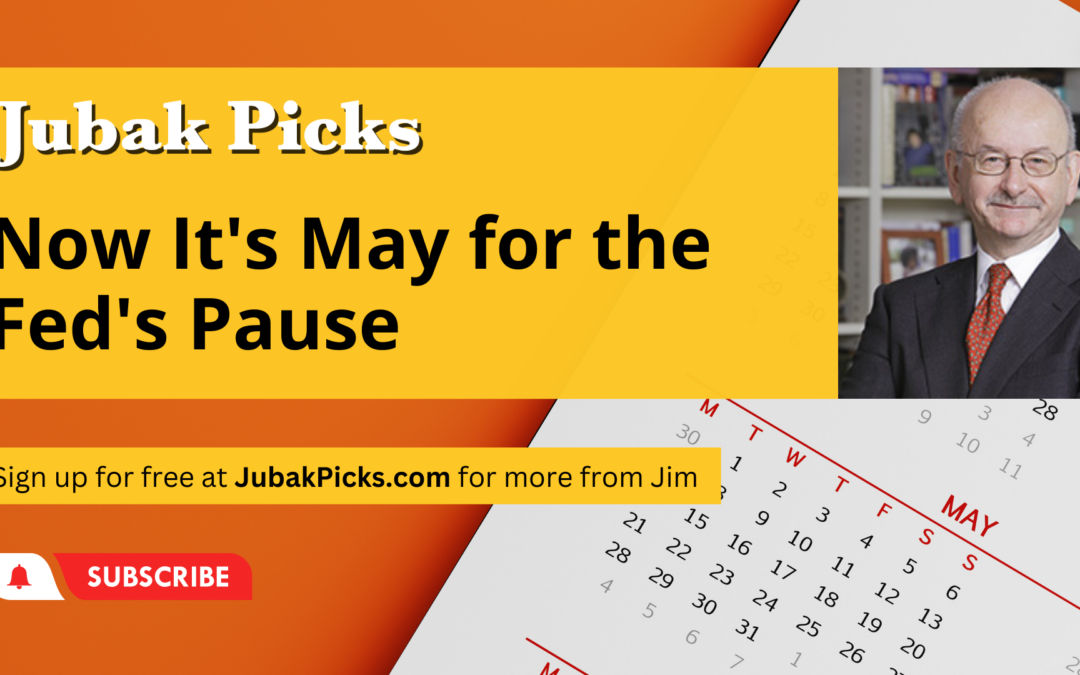
February 1, 2023 | Daily JAM, Videos |
Today I posted my two-hundred-and-thirty-first YouTube video: Now It’s May for the Fed’s Pause Today’s topic is: Now It’s May for the Fed’s Pause. There wasn’t a lot of suspense about today’s Fed meeting. The CME FedWatch chart, which measures what investors think the Fed is going to do, had a 25 basis point raise at 98% odds– meaning 98% of investors believed that is what the Fed will do–before the Fed meeting. The other 1.8% believed the Fed won’t raise rates at all. So no one was expecting a 50 basis point rise. And the Fed didn’t disappoint the financial markets. The central bank delivered the expected 25 basis point increase. So now we’re asking, when will the Fed pause the rate increases? We’ll be getting the next update and Dot Plot set of projections from the Fed on March 22, when many expect another small raise, but also a signal that the central bank will stop raising rates by the following meeting on May 3. The March 22 meeting will give us an update on the Fed’s projections for a peak interest rate. I:n December the Fed looked like it was projecting a peak of slightly over 5%. The market is now expecting a peak of below 5%. Look to the March meeting to see if those projections get closer together or further apart.

February 1, 2023 | Daily JAM |
The Federal Reserve raised short-term interest rates Wednesday by 25 basis points, as expected. That brings the Fed’s benchmark interest rate to a range of 4.50% to 4.75%, the highest level since October 2007. After a pullback on the news and the Fed’s press release, the stock market advanced because in his press conference Fed chair Jerome Powell didn’t strongly push back on questions suggesting that the Fed sees inflation continuing to fall and that the central bank is nearing a pause in its interest rate increases. If you’re familiar with the way that financial markets torture the Fed’s frequently opaque language to support the current consensus, you won’t be surprised that today’s move up on stocks is based on a very minor shift in the Fed’s language.
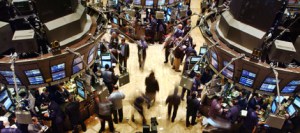
January 30, 2023 | Daily JAM, Morning Briefing |
Here’s what I expect on Wednesday. The Federal Reserve’s Open Market Committee will announce a 25 basis point interest rate increase. In his post-meeting press conference Fed chair Jerome Powell will try to talk the financial markets out of their exuberance by stressing that the Fed doesn’t see a quick end to interest rate increases because at 5% inflation is still running way ahead of the Fed’s 2% target rate. And I expect that investors and traders will ignore Powell’s comments and bid stocks high because a pause in rate increases is just around the corner–maybe as early as March–and financial markets can look for the Fed to begin cutting interest rates in the second half of the year. To which I say, Bushwah! I would sell any post-meeting rally. March increasingly looks like the month where reality will whack the markets on its head.

January 28, 2023 | Daily JAM |
I expect Federal Reserve to raise interest rates by 25 basis points on Wednesday, February 1. As of Friday, everybody from Elon Musk to my Amish egg guy thinks the Fed will raise rates by 25 basis points instead of the 50 basis points at the Fed’s December meeting. A 25 basis point move would, the consensus thinking goes, pave the way to a March end to this cycle of interest rate increases. And with a pause in effect, can a pivot to interest rate cuts by far behind? (I think this is very wishful thinking, but reality has never stopped a rally before.) On Friday, the CME FedWatch tool, which calculates the odds of a Fed move by looking at prices in the Fed Funds futures market, put the odds of a 25 basis point increase by 98.4%. No one, I repeat, no one was putting money on a 50 basis point move. The remaining 1.6% of the market was looking for the Fed to hold rates steady–in other words no interest rate increase. (I think even this tiny percentage might simply be an artifact of a few traders speculating on a big market reaction to a 25 basis point increase.)
So here’s what I think happens before and after the news.

January 26, 2023 | Daily JAM |
Maybe the Federal Reserve will send a signal on Wednesday that it thinks inflation is under control. I do think the inflation rate will continue to fall. To the Fed’s 2% target? I’ve got my doubts. I think there are still a lot of price increases working their way through the system.

January 26, 2023 | Daily JAM, Morning Briefing |
The U.S. economy grew at a 2.9% annual rate in the December quarter of 2022. That brought growth for 2022 as a whole to 2.1%. Consumer spending was strong enough to offset slowdowns in housing and manufacturing. So good news. But growth in the quarter was still slower than the 3.2% growth rate in the third quarter

January 25, 2023 | Daily JAM, Videos |
Today I posted my two-hundred-and-twenty-eighth YouTube video: Don’t Pay for the Illusion of Control. Today’s topic is: Don’t Pay for the Illusion of Control. The market is rallying on the expectation that the Fed will reduce its interest rate increases to just 25 basis points on February 1, after the previous hike of 50 basis points. The belief is that the Fed will continue to wind down rate increases until they eventually stop after having vanquished inflation without tanking the economy. I have a few concerns about this rally. The market has priced this as 100% likely, so if the Fed disappoints with another 50 basis point increase, the market will not react well. Another huge problem with the idea that the Fed is controlling the market is this: there is no controlling this economy. Fed rates are just one of the factors in a very complicated economic picture right now. Here is a sample of some of the other things that can and will affect the market: as the Fed has reduced its balance sheet (and therefore reduced its supply of treasuries), the debt ceiling crisis has resulted in a lower supply of treasuries from the Treasury, and banks are moving their money to reserves, while money market funds are looking to buy bonds and there are none to be found. On a global scale, China’s battle with COVID could cause as many as one million deaths and slow that economy, while Beijing pours money into its financial system. Japan has seen an unusual surge in inflation and the fighting in Ukraine will likely get worse this spring as Russia looks to regain control of the war. All this to say, the Fed does not control the economy and I wouldn’t put all my eggs in the Fed basket.












